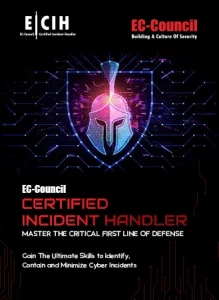
In this CSP course, you will apply all the knowledge and skills taught in the CSL course to crack real software. Real software are commercial proprietary software. We are doing this for educational purposes and not to harm software developers. This skill and knowledge benefits developers in that they are better able to secure their software. The concept is similar to ethical hacking – the only way to defend against hackers is to know how hackers break in. Similarly, for software security. The best way to improve software security is to learn how software is being cracked.








